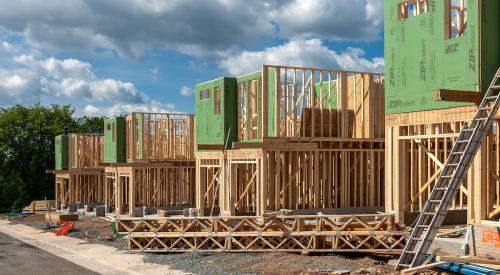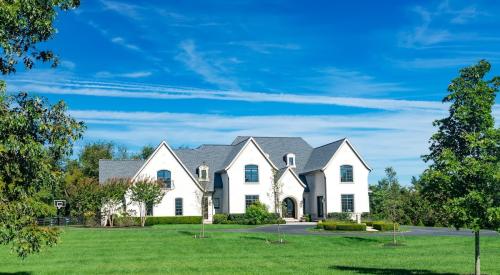Despite every setback 2020 has had to offer, there is still some housing market momentum leftover from the end of 2019. Thanks to low mortgage rates and strong new and existing home sales before the pandemic, the homeownership rate reached 65.3 percent for the first quarter 2020, which is 1.1 percent above the same time last year, according to the Census Bureau’s Housing Vacancy Survey (HVS). In one year, roughly 2.0 million households were formed. While the number of renter households have been declining, the homeownership rate has been on the rise since the third quarter of 2015. Experts say that this may signal a transition from renting to owning.
According to the Census Bureau’s Housing Vacancy Survey (HVS), the U.S. homeownership rate reaches 65.3% in the first quarter 2020. This is 1.1 percentage points higher than the rate of 64.2% in the first quarter of 2019, but not statistically different from the previous quarter reading of 65.1%. Strong owner household formation with around 2.7 million homeowners added in the first quarter has driven up the homeownership rate, especially under the decreasing mortgage interest rates and strong new home sales and existing home sales in the first two months before the COVID-19 pandemic hit the economy.
The HVS provides a timely measure of household formations – the key driver of housing demand. Although it is not perfectly consistent with other Census Bureau surveys (Current Population Survey’s March ASEC, American Community Survey, and Decennial Census), the HVS remains a useful source of relatively real-time data. The housing stock-based HVS revealed that the number of households increased to 124.4 million in the first quarter of 2020, 2.0 million higher than a year ago. The gains are largely attributable to strong owner household formation. Specifically, the number of homeowners increased by 2.6 million, while the number of renter households declined by 0.6 million. Indeed, the number of homeowner households has been climbing since the third quarter of 2015, while the number of renter households has been on a downward trend. This implies that the transition from renting to owning has been a powerful driver of the net increase in households.













